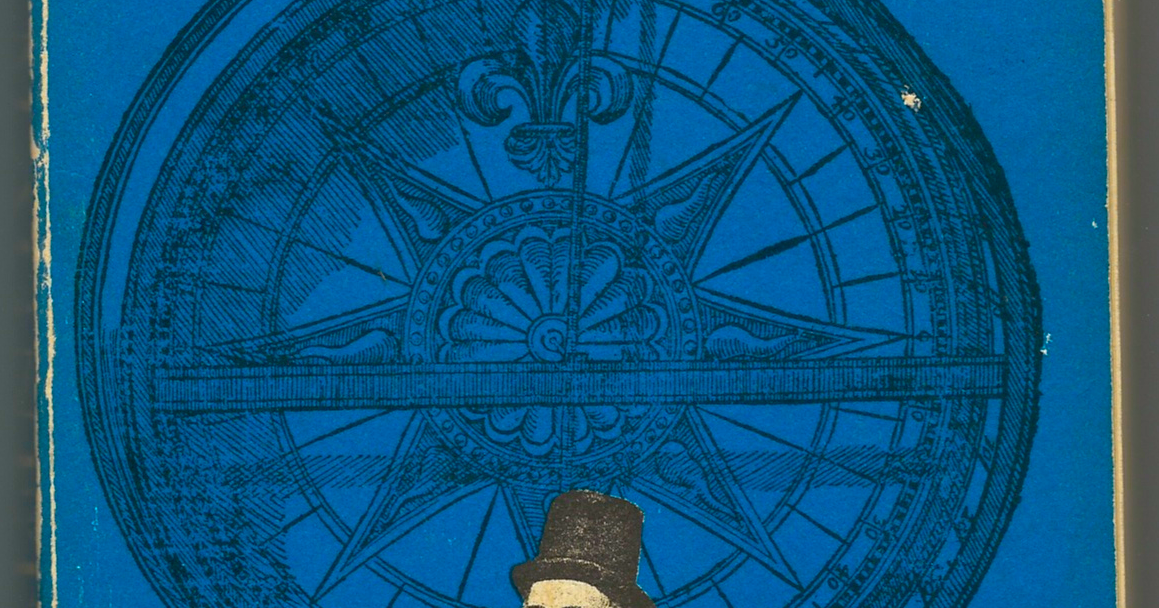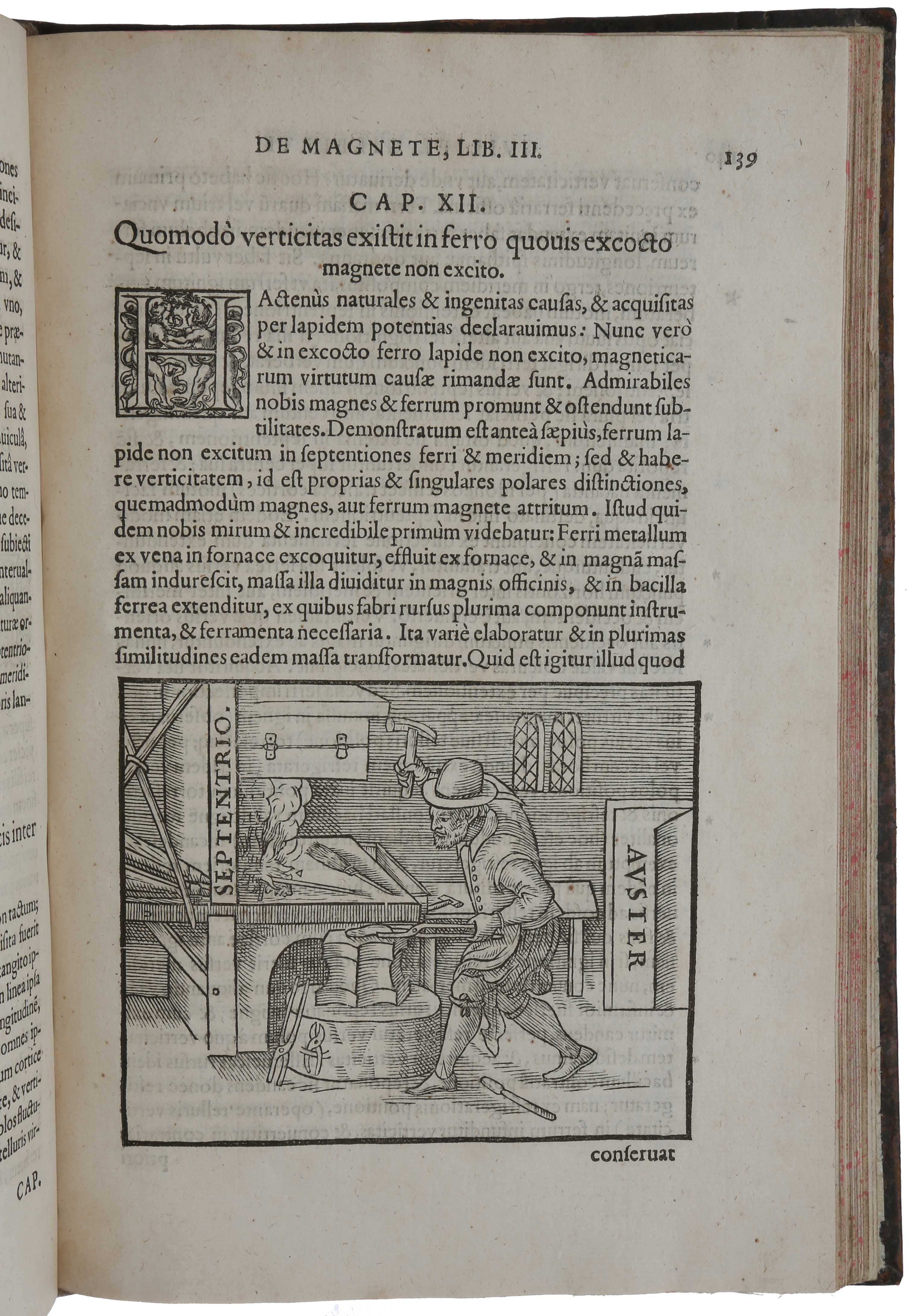
He then observed that when a small compass needle ('versorium') was moved about the surface of a spherical magnet, it faithfully reproduced the behavior of the compass needle. Not only did the needle point poleward when constrained to a 'horizontal' plane tangential to the sphere: it also slanted downwards at an angle (see
'De Magnete' was written in Latin, but two excellent translations exist, that of Paul Fleury Mottelay (1893) which is still in print (Dover Books, $13.95) and a more sumptuous one by Silvanus Thompson (1900), the source of the passages quoted here. Gilbert was the first to use the word 'electricity,' to recognize mass as distinct from weight, to discover the effect of heat upon magnetic bodies, to differentiate clearly between static. Tractatus de Magnete et Operationibus Eius Tractatus de Magnete et Operationibus eius. View the full text of this manuscript online. Bound together in this volume are the Tractatus de Magnetate et Operationibus eius (the thirteenth-century letter on the magnet by Petrus Peregrinus); a university handbook on the theory of numbers. Written in Latin for an international readership, De Magnete translates as On the Magnet or more precisely as On Loadstone. Unlike contemporaries such as Francis Bacon, Galileo Galilei and Johann Kepler, and successors such as Rene Descartes, Thomas Hobbes and Robert Boyle, Gilbert's fame rests entirely on this one ground-breaking book.
illustration above) when pivoted on a horizontal axis, reproducing the 'magnetic dip' discovered in 1581 by Robert Norman. Gilbert's experiments with his spherical 'terrella' ('little Earth') convinced him of what became his chief discovery. The mysterious directionality of the compass needle, he proposed, came about because the Earth itself was a giant magnet. Professionally, William Gilbert (1544-1603) was a distinguished physician, appointed in 1601 as physician to Queen Elizabeth I. The queen died two years later, and Gilbert himself perished not long afterwards from the plague, with which London was often afflicated. His life-long passion, though, was magnetism, and 'De Magnete'--divided into six 'books'--was certainly his greatest accomplishment. Edward Wright, who wrote an introduction to 'De Magnete', accurately observed:
Professionally, William Gilbert (1544-1603) was a distinguished physician, appointed in 1601 as physician to Queen Elizabeth I. The queen died two years later, and Gilbert himself perished not long afterwards from the plague, with which London was often afflicated. His life-long passion, though, was magnetism, and 'De Magnete'--divided into six 'books'--was certainly his greatest accomplishment. Edward Wright, who wrote an introduction to 'De Magnete', accurately observed: - '... for believe me ... these books of yours on the Magnet will avail more for perpetuating the memory of your name than the monument of any great Magnate placed upon your tomb. '
'De Magnete' was written in Latin, but two excellent translations exist, that of Paul Fleury Mottelay (1893) which is still in print (Dover Books, $13.95) and a more sumptuous one by Silvanus Thompson (1900), the source of the passages quoted here. Even translated, the book is a challenge, with obtuse phrasing and paragraphs that stretch for pages. Yet through it all we can see the author struggling with his material, trying to impose some sense, some logical pattern on puzzling and contradictory statements and observations. This is science in its rawest state: Newton may have stood 'on the shoulders of giants,' but Gilbert had to build his understanding from the ground up. Gilbert was a perceptive observer, but that often was not enough. He noticed that moisture disrupted static electricity (e.g. from moist breath)--but a coating of oil did not, and droplets of water were themselves attracted by electric forces. He observed that magnetic forces persisted across a flame--but that magnetic iron lost its power when raised to red heat. What did it all mean, he may well have wondered?
Once answers are known, you can never again recapture the fog of ignorance, the frustration of not knowing, of not being able to see a clear connection. Reading 'De Magnete' is perhaps the closest we can ever come to reliving that experience. Gilbert accurately noted that cast iron was feebly magnetic, and that long iron rods had magnetic poles at their ends. Why? How? It is easy for us to nod sagely and say yes, the iron captured the surrounding magnetic field of the Earth as it cooled past the Curie point, and those field lines were channeled by its elongated shape, creating a concentrated effect at its ends. But this is now, and that was then.
Not all of Gilbert's claims have stood the test of time. Gilbert believed that the Earth's magnetism and its rotation had a common cause: the fact that magnetic north and astronomical north were so near to each other seemed too much of a coincidence. Though pure guesswork, utterly discounted now, that idea did enjoy a brief revival of sorts in the mid-1900s, due to P.M. Blackett. Concerning the rotation of the Earth Gilbert never had any doubt. Others might have viewed the Earth as the center of creation, around which stars and other luminaries whirled, but not Gilbert, who calculated the implied velocities and found them incredibly large.

Let us not forget, in this connection, that 1600 was also the year when Giordano Bruno was burned at the stake. Claims of the Earth's rotation had to be (at the very least) reconciled with religious dogma. Edward Wright, in his introduction, tried to do so in the following words:
- 'Nor do those things which are adduced from the sacred scriptures seem to be specially adverse to the doctrine of the mobility of the Earth; nor does it seem to have been the intention of Moses or of the Prophets to promulgate any mathematical or physical niceties, but to adapt themselves to the understanding of the common people and their manner of speech, just as nurses are accustomed to adapt themselves to infants, and not to go into every unnecessary detail... '
If rotation and magnetism went together, how come the compass needle rarely pointed to true north, but exhibited a small 'variation' (today called 'declination')? Gilbert noted that in the northern Atlantic Ocean, the variation was always towards the nearer continent: towards Europe near Europe, towards American near America. He then ingeniously proposed that if the Earth were a perfect sphere, the two directions would always coincide. However, the Earth is not quite spherical: the Atlantic ocean forms a gash in its surface (water apparently contributes no magnetism), while Europe and Africa to its east and America to the west rise above the average surface and may add magnetic attraction.
- 'Let there be a loadstone somewhat imperfect in some part, and impaired by decay (such as one we had with a certain part corroded to resemble the Atlantic or great Ocean). '

Moving the compass needle around the blemished terrella, Gilbert found his guess confirmed. Away from the pitted part, and also at the center of the pit, the 'versorium' pointed towards the magnetic pole. However, near the edges of the depression, the direction of the needle (faintly visible in the drawing) veered towards the unblemished parts, just as the compass needle in the oceans close to Europe or America was deflected towards the nearby continents.
Because dips and rises in the globe did not change (at least, on the scale of human history), he boldly predicted that the 'variation' will stay unchanged:
- 'Unless there should be a great dissolution of a continent and a subsidence of the land such as there was in the region Atlantis of which Plato and the ancients tell, the variation will continue perpetually immutable... '
Unfortunately, even predictions based on experimental evidence may miss the mark. As Gellibrand discovered around 1634, the magnetic field constantly changes, which is why a new IGRF (International Geomagnetic Reference Field) must be calculated, from more recent observations, every decade or so.
There is more, much more, often embellished in colorful phrases no modern editor would ever let slip by. How stilted does modern scientific prose sound, compared to Gilbert's words! Here, for instance is how he proposed to use the dip angle (his term is 'declination') to deduce latitude at sea when the skies were obscured:
- 'We may see how far from unproductive magnetick philosophy is, how agreeable, how helpful, how divine! Sailors when tossed about on the waves with continuous cloudy weather, and unable by means of the celestial luminaries to learn anything about the place or the region in which they are, with a very slight effort and with a small instrument are comforted, and learn the latitude of the place.'
Gilbert recommended an instrument to measure the dip angle (click here for a drawing) invented a few years earlier by Robert Norman. In practice this method won't give latitude very accurately, but no matter. We now have the satellite-based global positioning system (GPS), rendering a much, much better service--but has anyone ever praised it in poetic language like the one Gilbert used?
And those who nowadays believe in the holistic magic of magnetic bracelets may well heed Gilbert's advice
- 'The application of loadstones to all sorts of headaches no more cures them (as some make out) than would an iron helmet or a steel cap. '
Our understanding of the Earth's magnetism, and of magnetism in general, has come a long way in the 400 years since 'De Magnete' first saw light. One has to read the book--at least, parts of it--to realize how much clearer our view is now.
It is not because we are any wiser or more ingenious. It is just that we stand on the shoulders of giants, of which Gilbert certainly was one.
| Questions from Users:Which is the 'True' North Magnetic Pole? *** Telling about magnetism |
By: William Gilbert
Much of modern science is based upon the theories and discoveries of William Gilbert, the brilliant English physician and physicist who was the first great experimental scientist. Gilbert was the first to use the word 'electricity,' to recognize mass as distinct from weight, to discover the effect of heat upon magnetic bodies, to differentiate clearly between static electricity and magnetism, and to explain phenomena of terrestrial magnetism in terms of the earth as a giant magnet.
In 1600 he published De Magnete in Latin. As lively and entertaining as it was scientifically scrupulous, it summarized everything that had previously been known about electricity and magnetism, founded a new science and earned Gilbert the title of 'the father of modern electricity.' In it Gilbert explores magnetism and electricity, lodestones, phenomena of magnetism, direction of the earth's magnetic lines of force, variation in the compass, dip, the concept of the earth as a giant magnet, and much else.
This Dover edition is a complete, unabridged reprinting of the definitive English translation of De Magnete prepared by Dr. P. Fleury Mottelay. Dr. Mottelay has added a number of footnotes that explain points that might be obscure to today's readers, who will find in this historically important text invaluable insights into the origins of modern science and physics. Translation by P. F. Mottelay. Biographical introduction. 90 illustrations.
Reprint of the John Wiley & Sons, New York, 1893 edition.
| Availability | Instant |
| ISBN 10 | 0486163016 |
| ISBN 13 | 9780486163017 |
| Author/Editor | William Gilbert |
| Format | eBook |
| Page Count | 427 |
| Dimensions | 5 3/8 x 8 |
You might also Like...
De Magnete By Peter Peregrinus Of Maricourt
